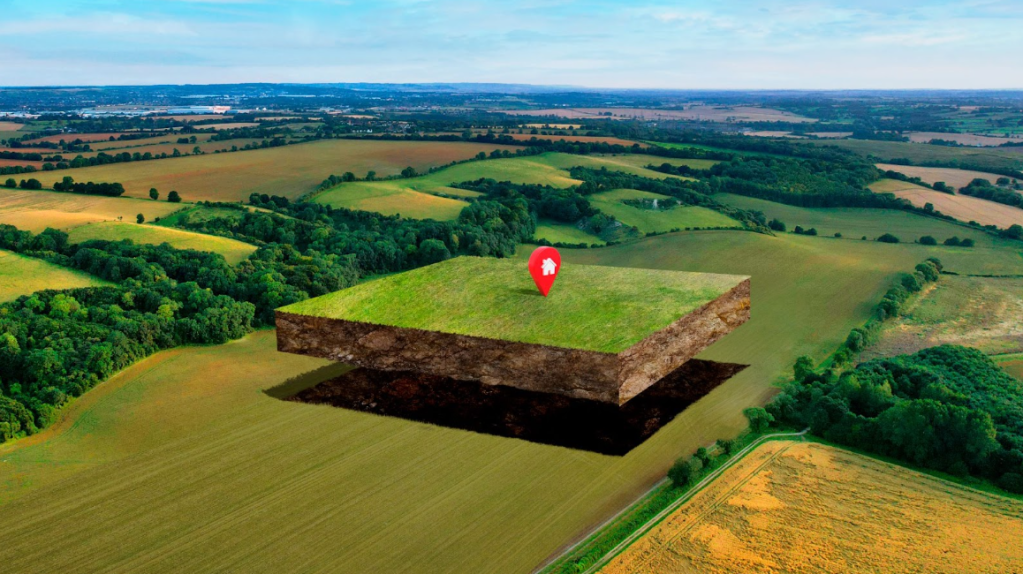Olmstead Properties’ Guide to Buying Rural Vacant Land
BRANDVOICE

The tranquility, the vast open spaces, and the potential for a self-sustaining lifestyle have driven a surge in interest in rural properties. As 2023 statistics reveal, there’s a growing trend of urban dwellers seeking solace in the countryside, with a 15% increase in rural land purchases compared to the previous year. But buying rural vacant land is more complex than it might seem.
Olmstead Properties, a renowned name in the real estate industry, shared a comprehensive guide to assist potential buyers in navigating the complexities of rural land acquisition. This guide, based on the insights and experiences of CEO JT Olmstead, aims to demystify the process and provide clarity to those looking to invest in their slice of rural paradise.
The Challenges of Rural Land Acquisition
While the idea of owning a piece of rural paradise is enticing, the path to acquisition comes with challenges. “Rural land purchases differ significantly from urban ones. There’s the issue of land rights, potential disputes over boundaries, and sometimes even a lack of clear title,” explains JT Olmstead. Additionally, potential buyers must consider factors like soil quality, water availability, and access to essential utilities.
Understanding local zoning regulations, potential environmental restrictions, and future development plans for the area are also crucial. “You might find a perfect piece of land, only to discover later that it’s in a flood zone or that large-scale commercial development is planned nearby,” Olmstead cautions.
The Changing Landscape of Land Purchases
“Buying and selling rural vacant land is a nuanced process, distinctly different from urban real estate transactions,” says JT Olmstead. He emphasizes the importance of understanding one’s goals before purchasing. “Are you looking to start a small business, build a house, or perhaps initiate a farming venture? Each goal requires a different approach and understanding of the land’s characteristics.”
Olmstead’s guide breaks down the steps involved in buying rural land, from understanding zoning regulations to assessing topography and ensuring good road access. One of the key takeaways from the guide is the importance of due diligence. Unlike urban settings, where much of the groundwork is done for the buyer, rural land purchases require a more hands-on approach.
The Digital Shift in Land Transactions
While traditional land transactions were often conducted through local connections or realtors, the digital age has transformed this industry. Websites dedicated to land sales have emerged as popular platforms for transactions. “Most land transactions today do not go through a realtor. They happen person to person on specialized websites or through local networks,” Olmstead notes.
However, with this shift comes the challenge of discerning genuine listings from potential scams. Olmstead’s guide offers invaluable tips on vetting listings. “Always verify the ownership of the land. Visit the property in person, and if possible, consult with neighboring landowners. They can provide insights that might not be evident from a listing,” he advises.
The Future of Rural Land Purchases
As urban centers become increasingly crowded and the global population continues to rise, the appeal of rural land is only set to grow. Forecasts for 2024 suggest a further 10% increase in rural land sales, driven by a desire for sustainable living and the potential for land appreciation.
Olmstead Properties offers potential buyers a roadmap for their rural land purchase journey. However, as with any investment, it’s crucial to approach the process with eyes wide open, understanding the opportunities and challenges ahead.
Disclaimer: The information provided in this article is for informational purposes only and should not be construed as investment advice.